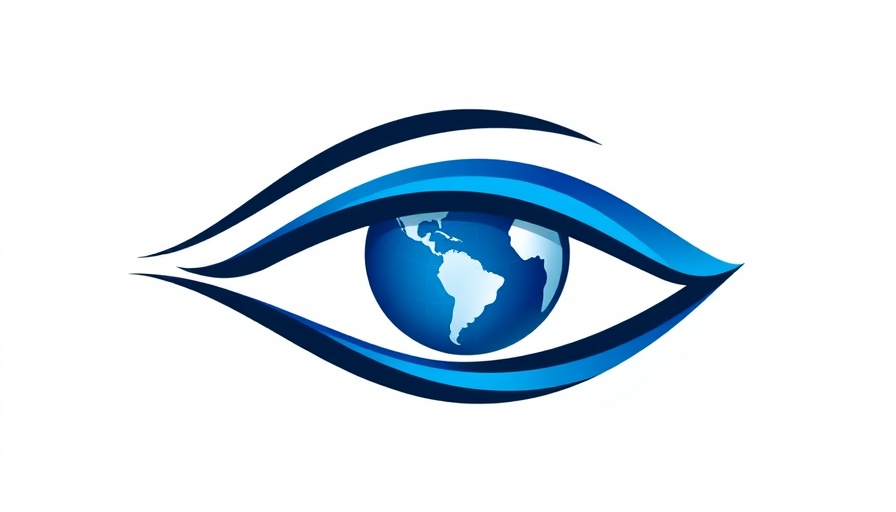
Dr. Cindy Tromans Takes the Helm: A New Era for the World Council of Optometry
In a significant transition for global eye care, Dr. Cindy Tromans has been installed as the new President of the World Council of Optometry (WCO), succeeding Dr. Kamma Oorloff. Her appointment marks a pivotal moment for the organization, expected to carry forward the legacy of promoting optometry's role in public health worldwide. Dr. Tromans is not a newcomer to the field; she brings decades of experience as a Consultant Optometrist and academician, currently leading optometry services at Manchester Royal Eye Hospital and serving as an Honorary Clinical Lecturer at the University of Manchester.
A Vision for the Future: WCO's Focus
With Dr. Tromans at the helm, the WCO is poised to address the escalating global challenges in eye care, especially in enhancing accessibility and treatment efficacy. Her expertise in emergency eye care and therapeutic contact lenses is set to inform the council’s strategic initiatives, as she aims to uplift optometry standards internationally. Emphasizing collaborative environments, Tromans acknowledged that her term will focus on fostering partnerships with various stakeholders to create a more inclusive future for global optometry.
Celebrating Achievements and Setting Goals
As she steps into her new role, Dr. Tromans is taking on the responsibilities of a leader who has a track record of significant contributions, including her tenure as President of the College of Optometrists in the UK. She underscored the importance of mentoring emerging professionals, reinforcing a cycle of knowledge transfer that is essential in any evolving industry. Looking forward, she has set ambitious goals, including advocating for better policies for eye health and prioritizing research to address pressing issues such as keratoconus and other ocular diseases.
WCO's 2025-2027 Term and Its Implications
In addition, the organization has announced its President-Elect for the 2025-2027 term, a crucial decision that showcases the WCO's commitment to long-term strategic planning. This decision provides a stable transition that enables continued focus on key objectives, including educational advancements within optometry and the promotion of best practices across global networks. An additional focus will likely be on integrating technology within optometry, further improving patient care and outcomes.
The Broader Impact of Optometry Leadership
Dr. Tromans’ transition into the presidency is not merely about governance; it represents the collective vision for an adaptable and progressive optometric landscape. As the world faces rapid changes in healthcare delivery and technology, optometry must evolve accordingly. The leadership of figures like Dr. Tromans will be vital in championing such changes, ensuring that the profession not only keeps pace but also leads the way in innovative patient care.
Engaging the Next Generation
Her commitment to nurturing the next generation of optometrists is paramount. In her plan, she aims to work closely with educational institutions to enhance the curriculum and ensure that future optometrists are well-equipped to manage the challenges that lie ahead. Furthermore, Dr. Tromans recognizes the importance of global engagement and aims to involve optometrists from diverse backgrounds and regions in the WCO's initiatives.
In an ever-evolving field, Dr. Tromans' vision is to create a platform where all voices in optometry are heard and represented. Through her leadership, the WCO stands not just to govern but to inspire and innovate.
 Add Row
Add Row  Add
Add 




Write A Comment